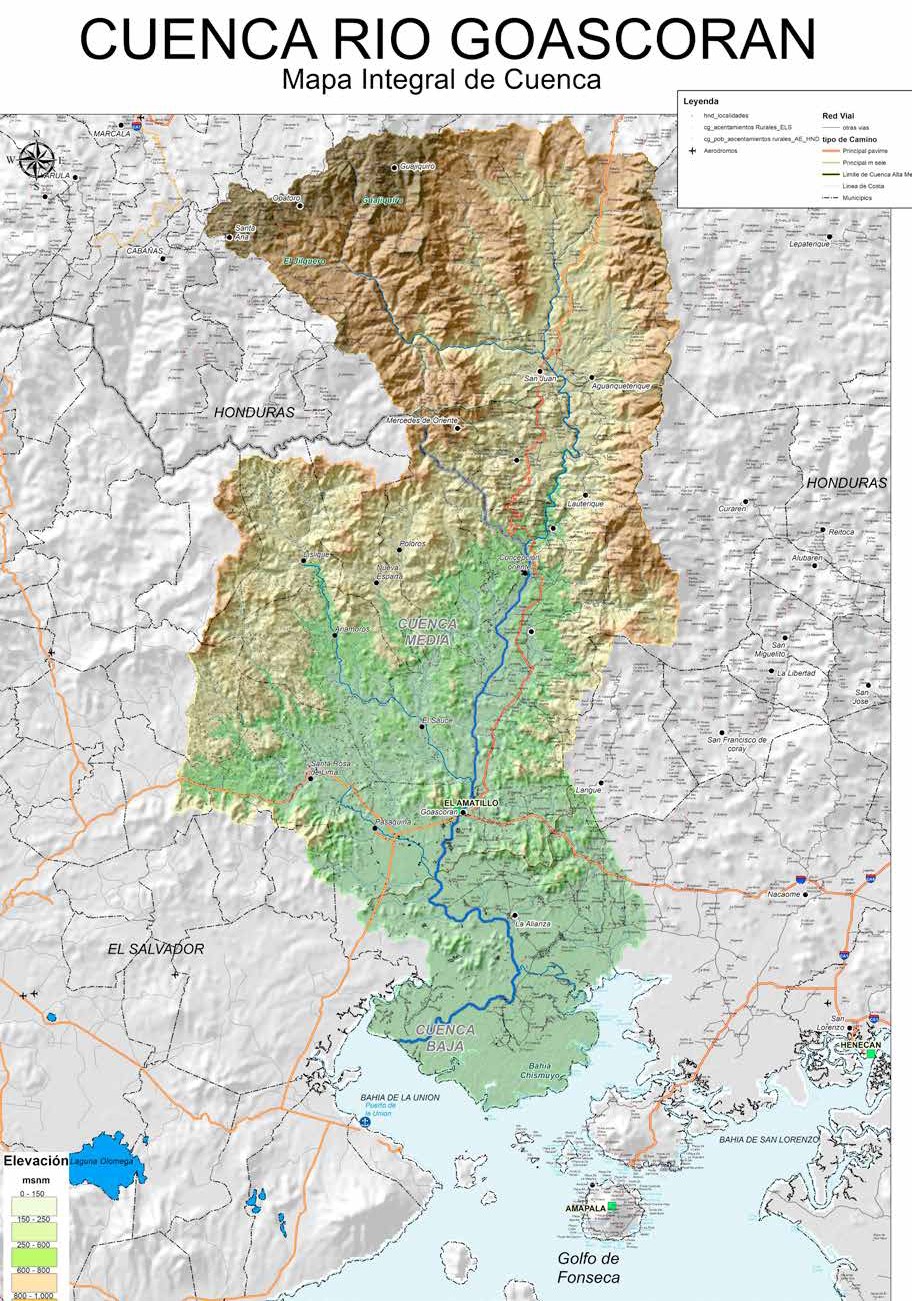Increasing environmental and social resilience based on forest cover and water
After analysing vulnerabilities and adaptation establishing priorities, the ejido La Azteca and ejido Alpujarras sought to protect the ecosystem services provided by their forests (water capture, biodiversity, soil and fertility structure) aiming to benefit their livelohoods and resilience to climate change.
The following EbA measures and actions were implemented to face heavy rains, storms, erosion and to improve ecosystem resilience, soil water retention and water downstream.
1. Protection and restoration of the cloud forest in the Tacaná Volcano Reserve. Specific actions were:
2. Optimization of agroforestry systems,:
- Soil conservation practices (e.g. live fences, terraces and breakwater small natural constructions). Live fences use plant species to divide plots, provide shade and protect againts erosion.
- introducing forest and fruit species into coffee plantations (shade-grown).
Measures helped to improve and maintain the resilience and integrity of the natural forest.
The main goal of the solution was to improve the resilience of communities and ecosystems towards climate-related impacts. This was achieved by implementing EbA measures in combination with synergizing measures of community-based adaptation, certain CO2 mitigation strategies (such as Payment of Ecosystem Services for the protection of the forest), and the integrated water management of the Cahoacán river basin (were communities are located).
One important lesson is that EbA measures cannot be isolated, but need to be taken at a basin or microbasin scale to impact on water related ecosystem services.
